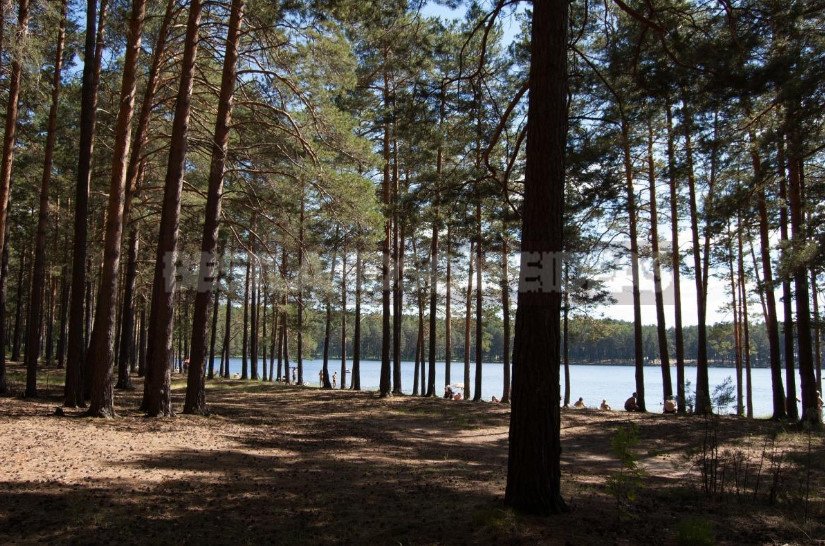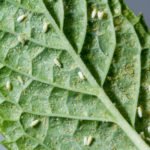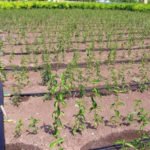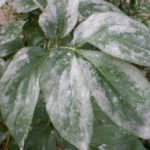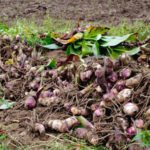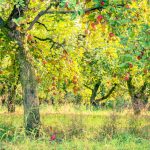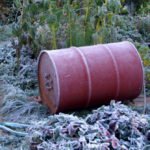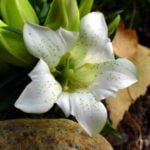How to choose the right plants for the garden? Find the answer to this question will help the type of soil on your site and the local flora. For example, if an oak tree grows well next to the plot, then heat-loving apple and pear trees will also feel good there. If there is a pine forest nearby, and the slope is favorable, southern, you can try to plant cherries and apricots, and they will not disappoint you.
According to the distribution and characteristics of natural vegetation, three zones can be distinguished, which in principle coincide with agroclimatic areas. First, these are areas where mainly spruce forests grow on sod-podzolic soils. In the most favorable places (southern slopes, light soils), oak is found, which indicates that the soil in these places is very fertile, which means that fruit crops can be successfully grown here.
Where spruce-deciduous forests are located. The garden plots in this region are surrounded not only by spruce, but also by broad-leaved (mostly oak) forests. In deciduous forests, maple, elm, linden, ash, and even wild apple trees are ubiquitous. In the undergrowth – hazel, birch, sea buckthorn, Tatar maple, red honeysuckle, raspberry and other crops.

The third-a zone of broad-leaved forests-is located on gray forest soils. On the northern border of the site, the soil is light gray, often with high acidity, with a low content of nutrients. To increase their fertility, they need liming and systematic application of organic and mineral fertilizers. In areas characterized by stagnation of surface water or close occurrence of underground water, processes of occurrence of ground water (waterlogging), peat-swamp soils with a low content of nitrogen, phosphorus, and potassium, requiring drainage, develop. In such places, sedge, green moss, turf hair grass, as well as black alder and marsh forms of pine are happy to settle.
Where the soil is dark gray forest, slightly acidic reaction and with a high content of humus-the most favorable for the growth of fruit plants. In the local forests, you can often find fruit-bearing wild apple trees, pears, thorns grow successfully on the slopes of overgrown ravines, and blackberries, strawberries and raspberries are found everywhere. And the nettle speaks of a rich soil rich in nitrogen.
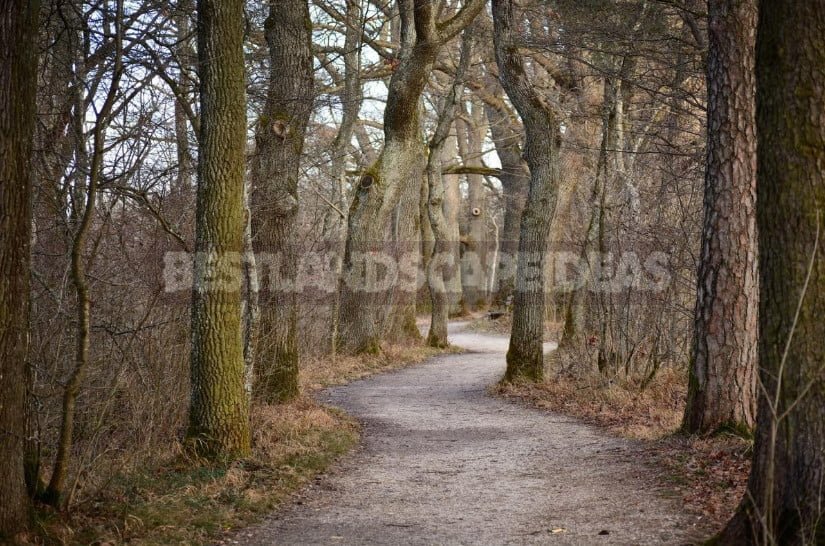
In river valleys and terraces, floodplain and alluvial soils are widely represented, which are often characterized by a high iron content. They are used as hayfields, and after drying, they are plowed under forage crops and vegetables.
Using these tips, you will be able to create favorable soil conditions for a particular crop. But before you do anything, do not be too lazy to dig up a plot of soil and see how the roots of plants develop, where the groundwater lies (and therefore whether drainage is needed), what is the composition of the soil, how much humus and nutrients are in it, which will allow you to prepare the soil with less cost and lay a beautiful and durable garden.
